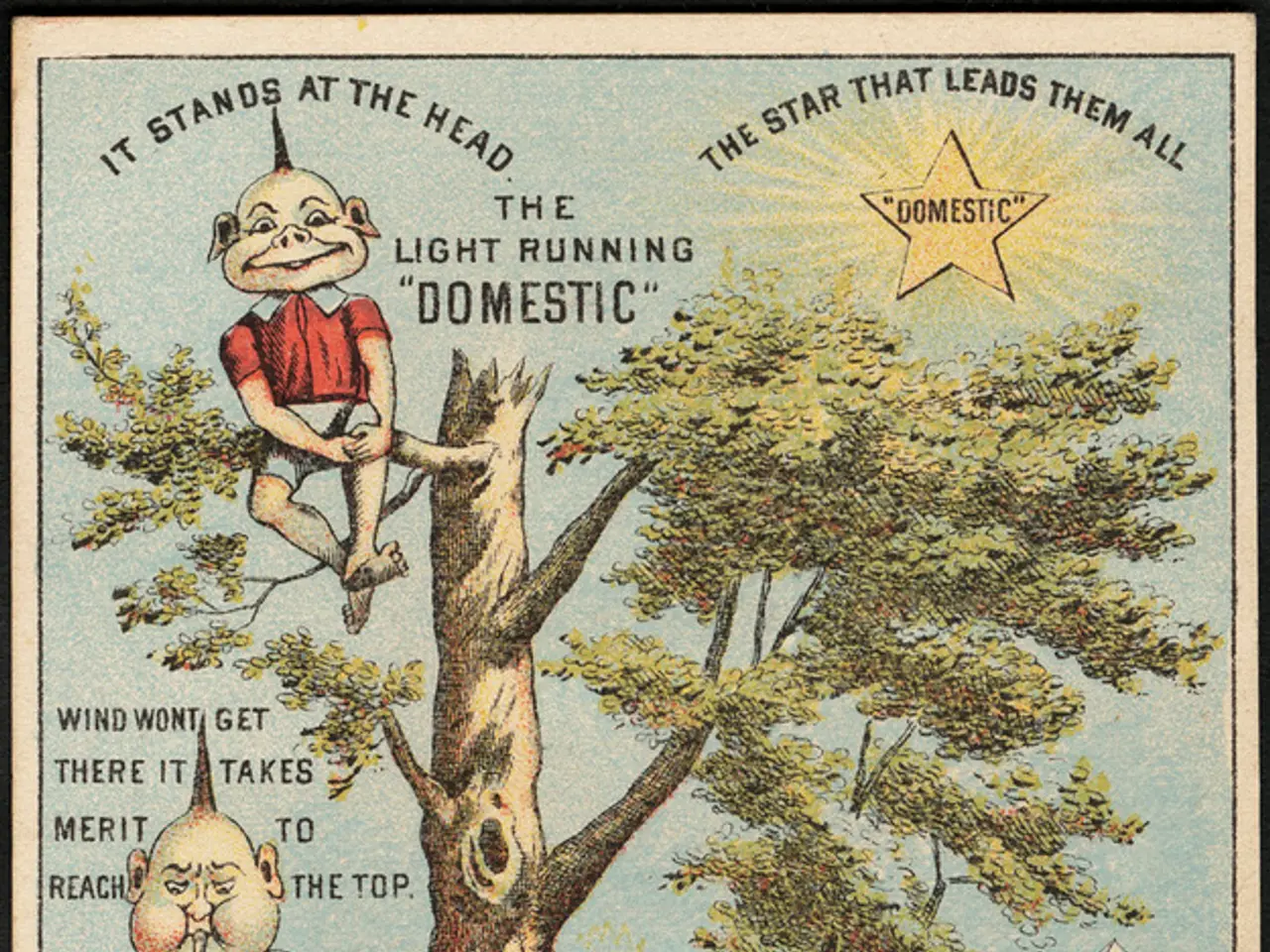Collapse of the Soviet Union: Knowledgeable Perspectives by Serhii Plokhy
The collapse of the Soviet Union, which occurred in 1991, was a complex event that marked the end of an era and the beginning of a new world order. Beyond the ideological collapse of communism, several key factors contributed to this historic event.
Economic stagnation and inefficiency had left the Soviet economy outdated by the 1970s. Poor productivity and technological backwardness, coupled with heavy military spending and the subsidising of satellite states, resulted in widespread public dissatisfaction despite basic services being covered. Inflation and worsening shortages intensified especially during the reforms of the late 1980s.
Mikhail Gorbachev's reforms, Glasnost and Perestroika, intended to revitalise the USSR but paradoxically weakened Communist Party control. Glasnost allowed freedom of criticism, unleashing suppressed social, political, and nationalist demands, while Perestroika disrupted the planned economy and created inflation, worsening economic struggles. The reforms introduced electoral contests and reduced censorship, accelerating political fragmentation.
Empowered by Glasnost, nationalist movements in various Soviet republics, including the Baltic states and Ukraine, demanded independence. The rise of nationalism and secession movements further undermined the Soviet Union's unity.
International and external pressures also played a significant role in the collapse of the Soviet Union. The costly arms race with the United States, the Soviet defeat in Afghanistan, and the symbolic fall of the Berlin Wall undermined Soviet prestige and exposed its economic and political vulnerabilities.
The exposure to Western ideas and capitalism further weakened Soviet ideological unity. The arrival of international brands like McDonald's introduced intrigue and a desire for alternative economic and social systems.
Ukraine played a pivotal role in the final act of the Soviet Union's dissolution, with its independence referendum on December 1, 1991, triggering the Soviet Union's dissolution one week later. The Soviet culture of secrecy meant that even reactor operators weren't fully informed about potential problems with their dual-purpose facilities, as seen in the catastrophic Chernobyl disaster.
The government's decision to conceal information about radiation exposure from its citizens contributed to the Soviet Union's collapse. The institutional culture of the KGB continued to influence modern Russian politics, wielding extraordinary domestic influence during the Soviet era, combining internal surveillance, counterintelligence, foreign operations, and border control into one massive organization.
The collapse of the Soviet Union was driven by intertwined economic decay, political reforms that loosened party control, rising nationalist separatism, and international pressures exposing systemic weaknesses, all beyond the simple failure of communist ideology itself. The HBO series "Chernobyl" accurately portrayed both the macro-level "cost of lies" theme and micro-level details of Soviet life.
- The economic struggles, fueled by economic stagnation and inefficiency, coupled with worsening shortages, inflation, and the burden of military spending, led to widespread public dissatisfaction with human life in the Soviet Union, despite basic services being covered.
- The collapse of the Soviet Union, driven by political reforms like Glasnost and Perestroika, empowered nationalist movements demanding independence, primarily in the Baltic states, Ukraine, and other Soviet republics, contributing to the general news of war-and-conflicts and weakening the Soviet Union's unity.








